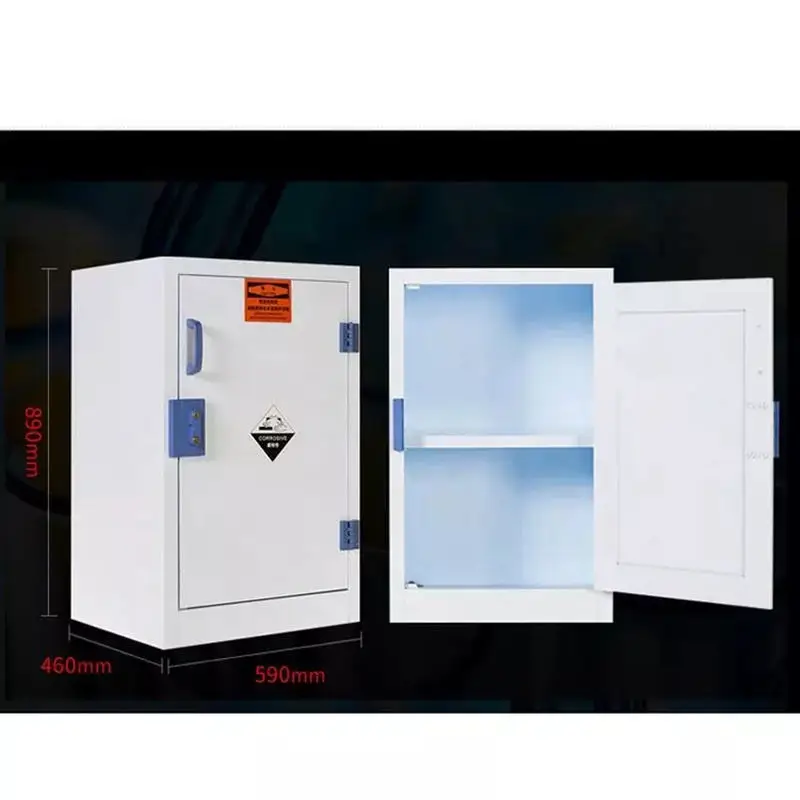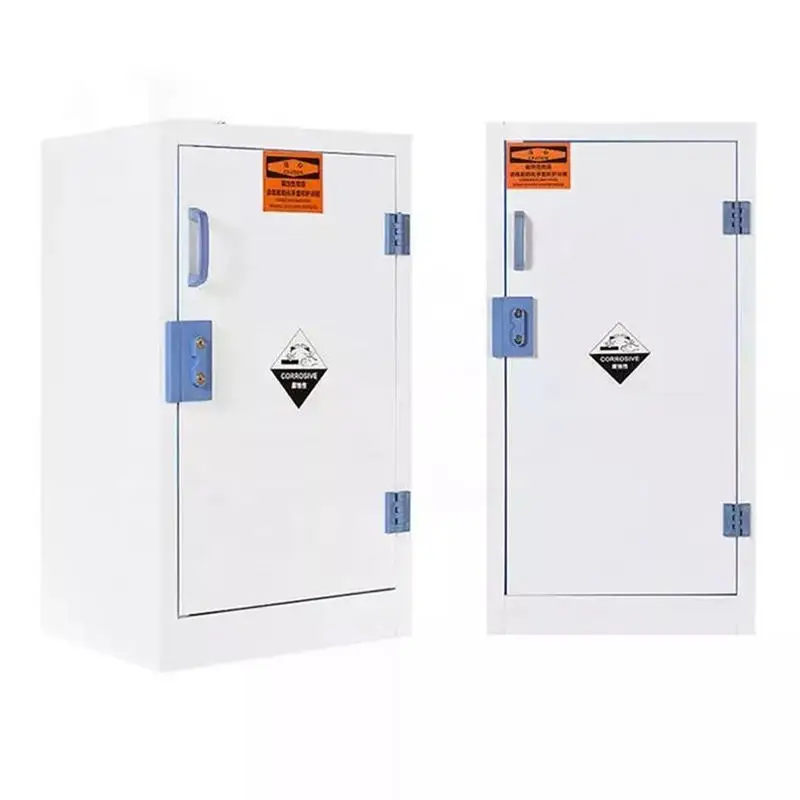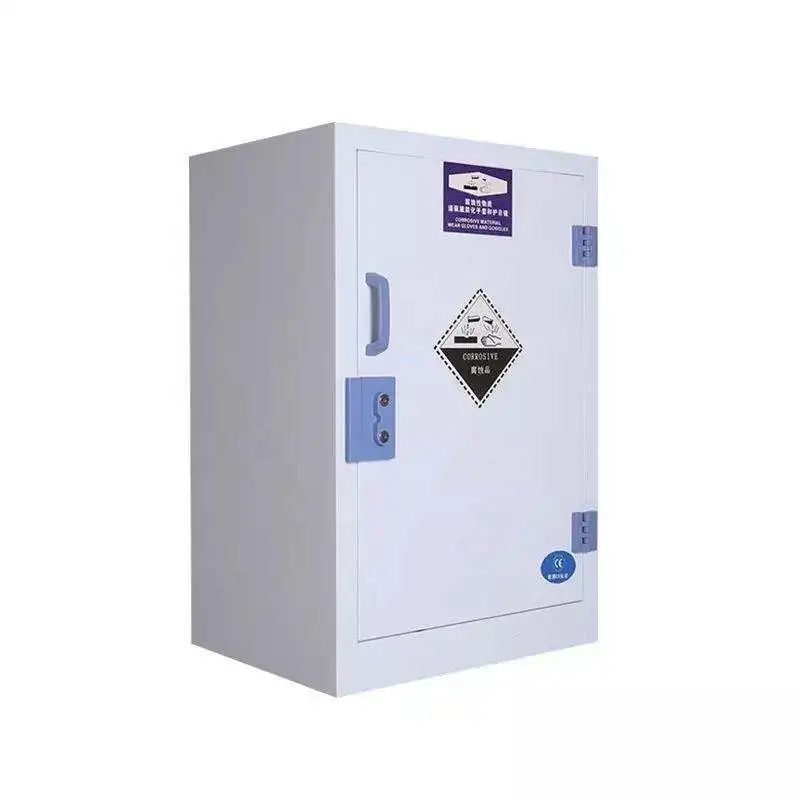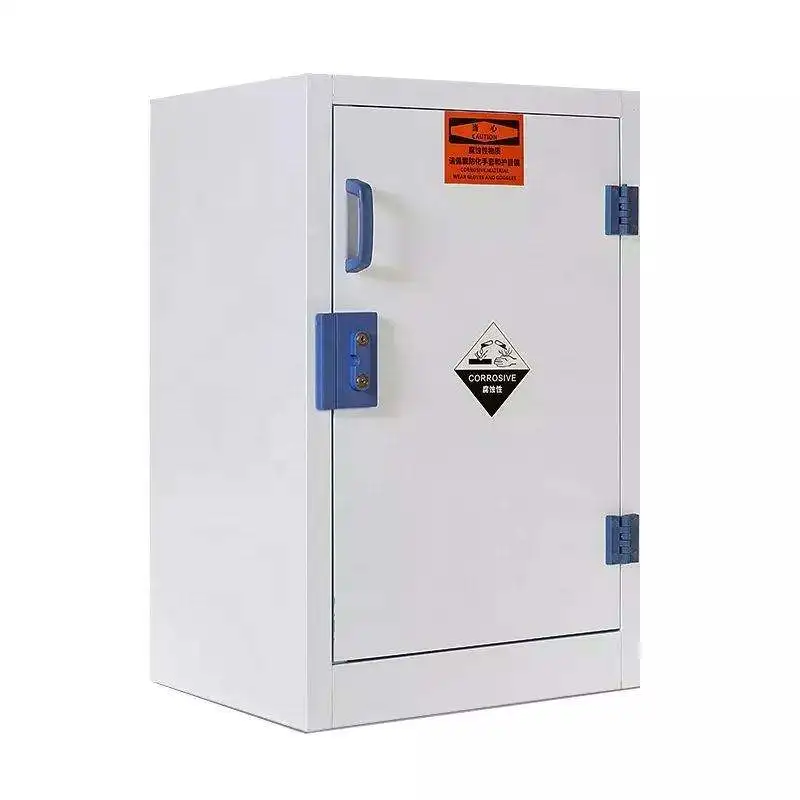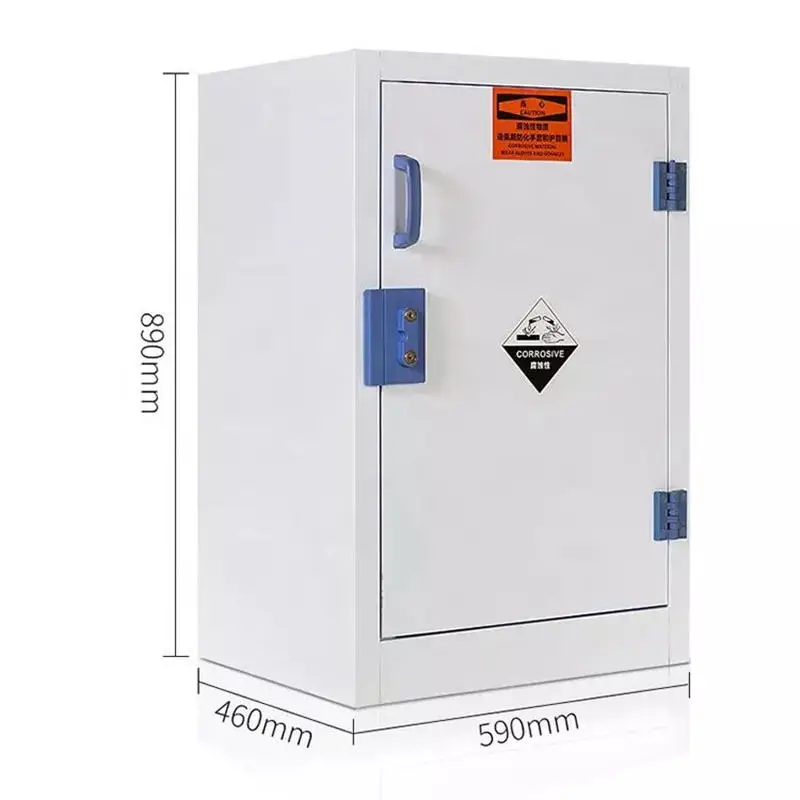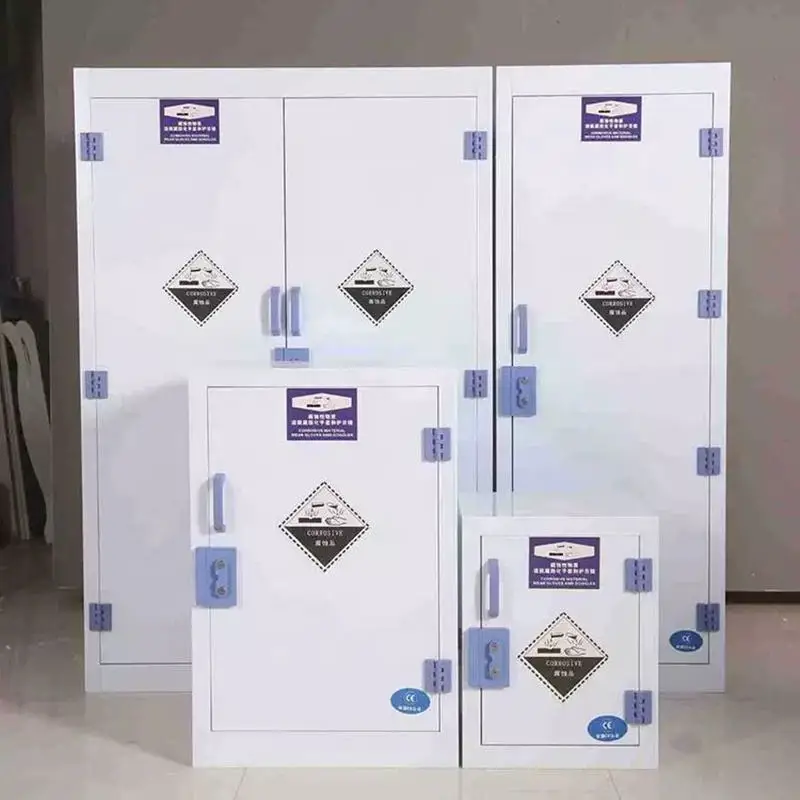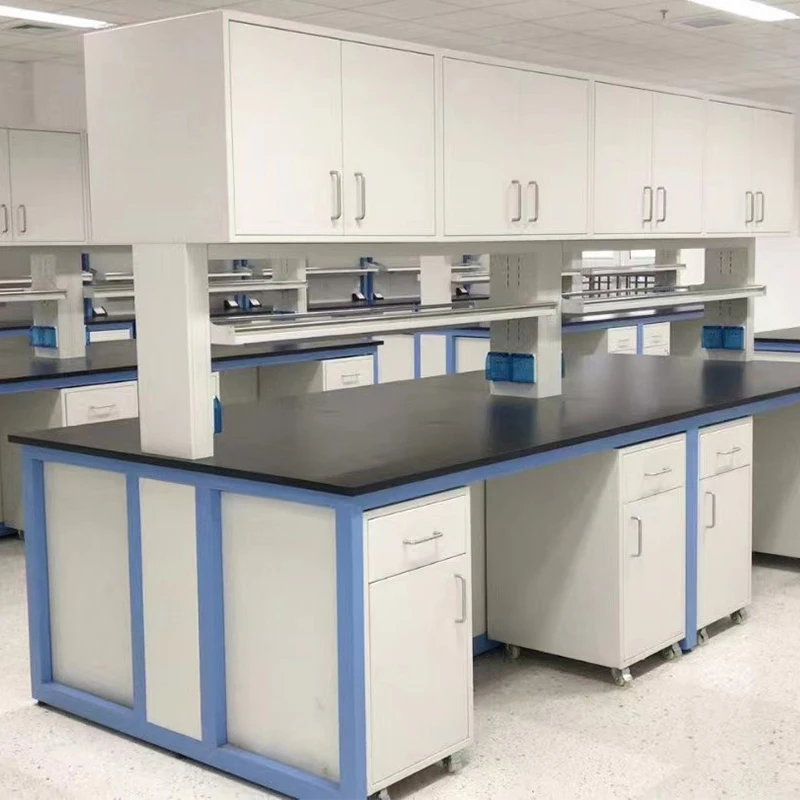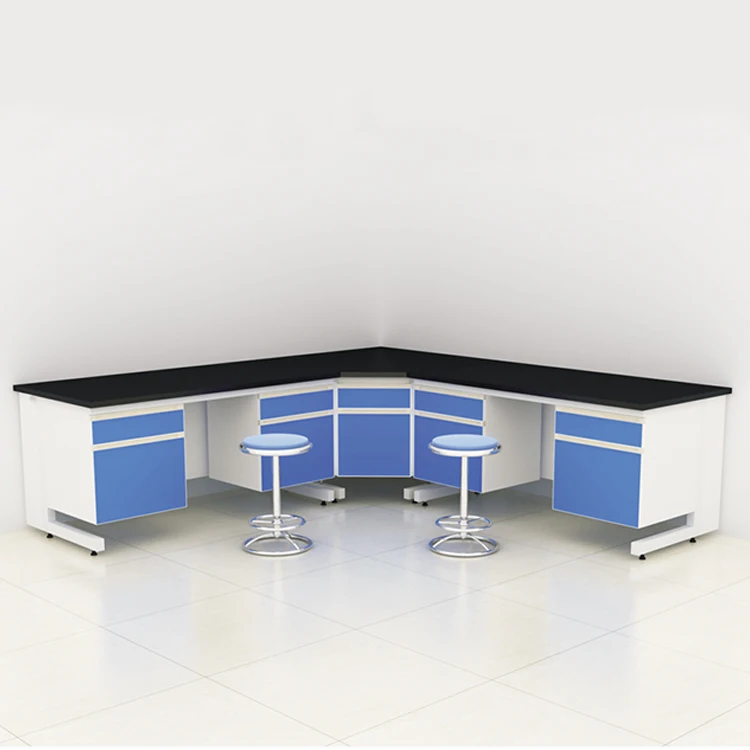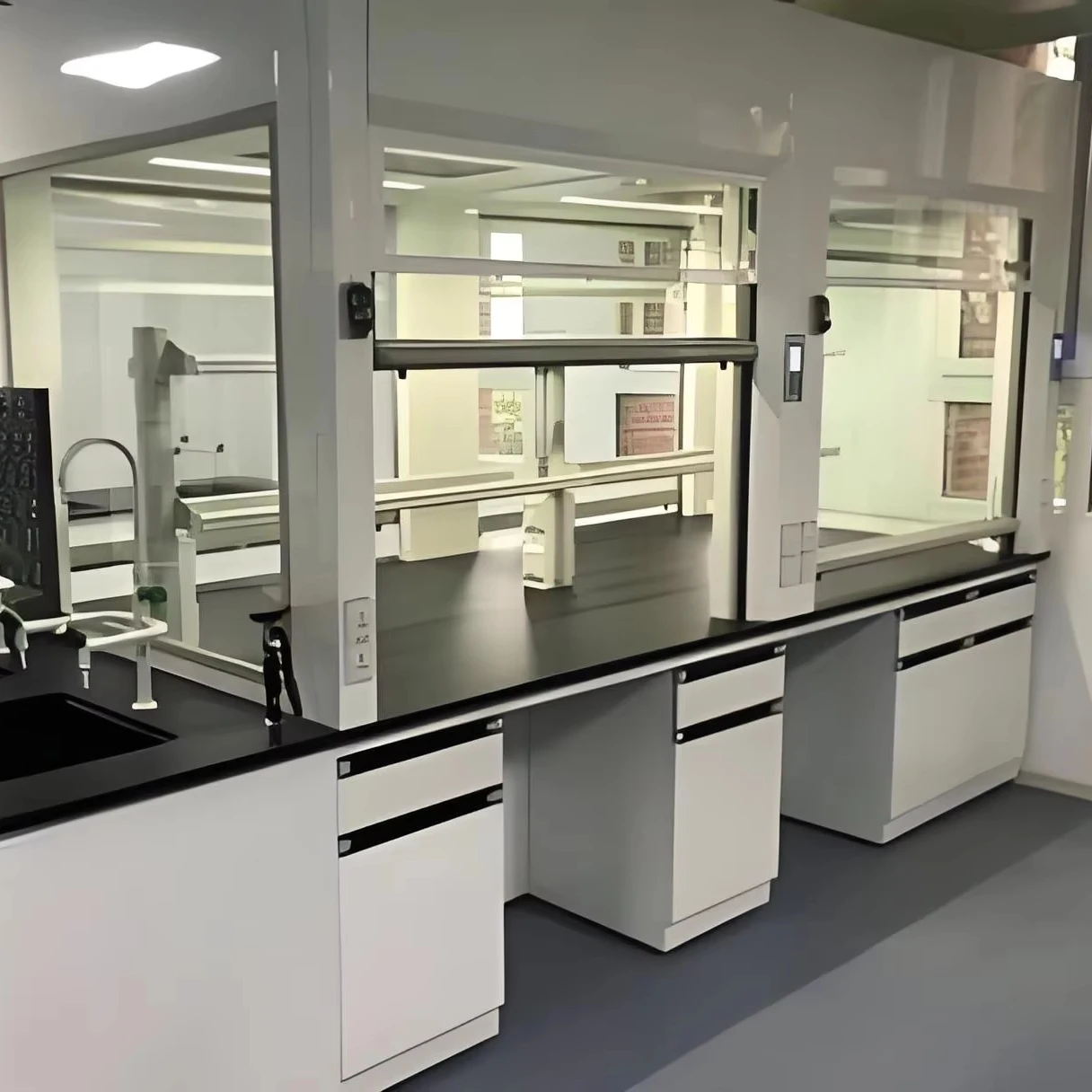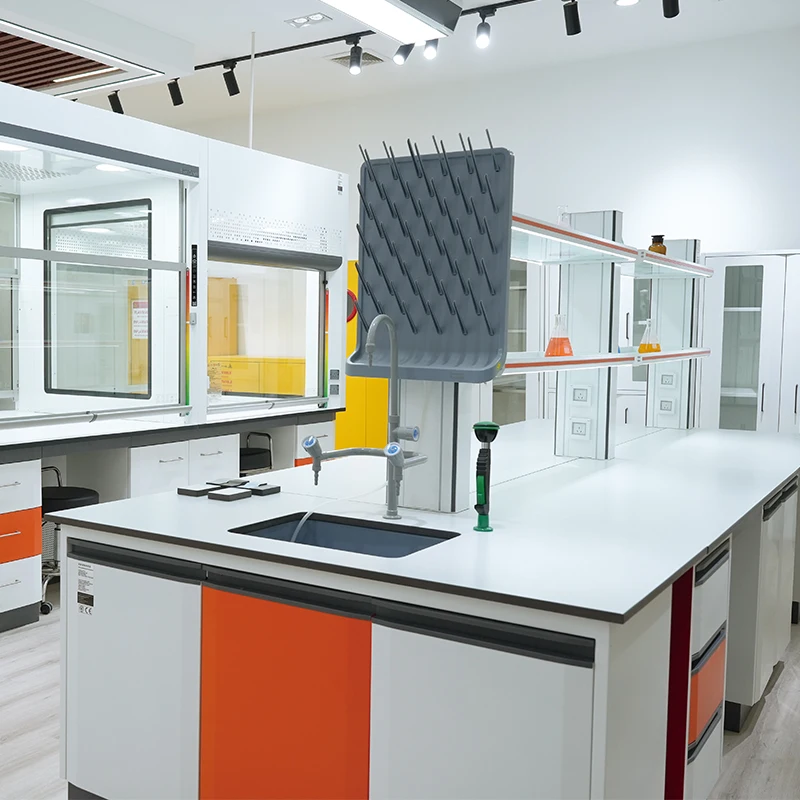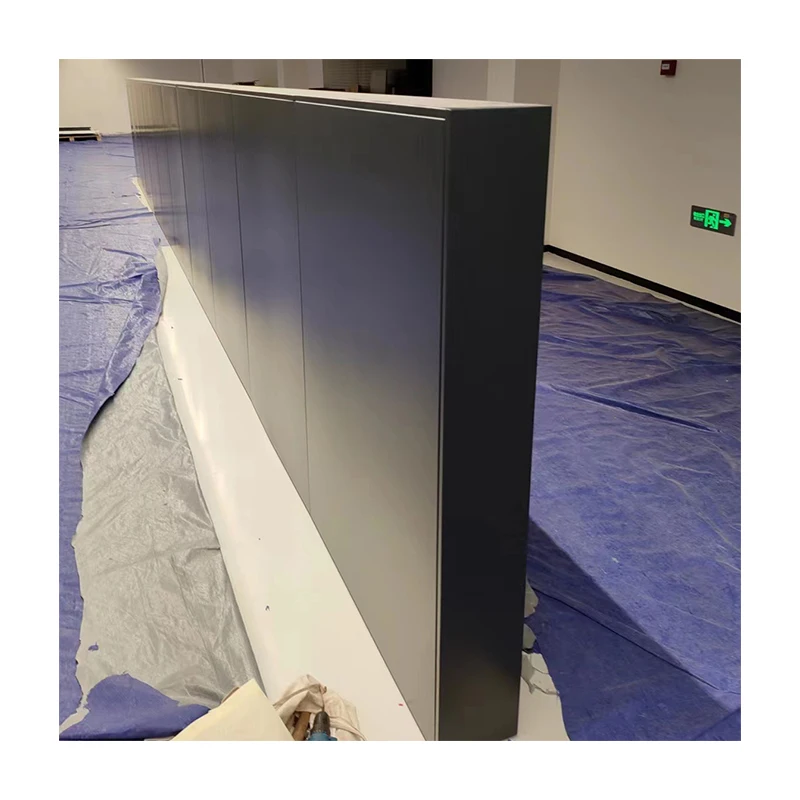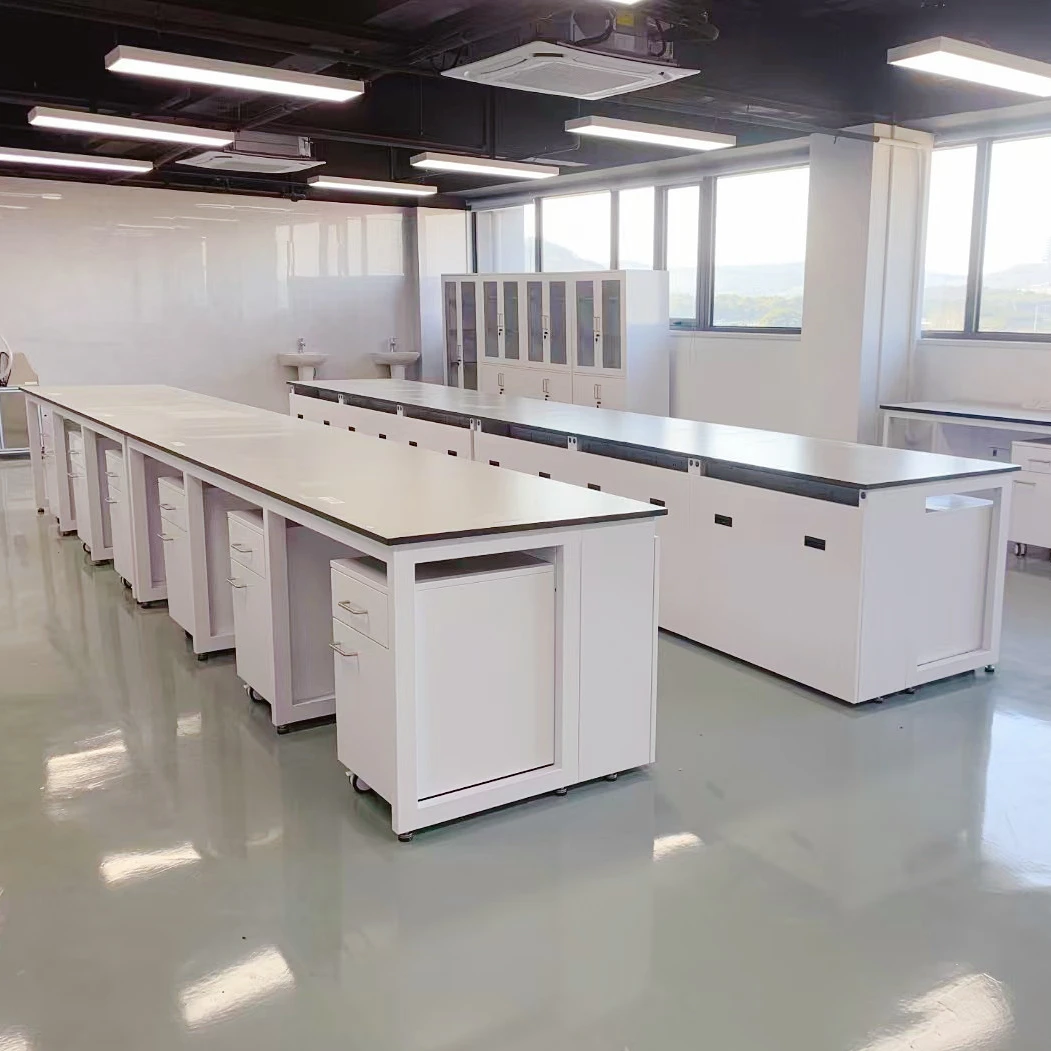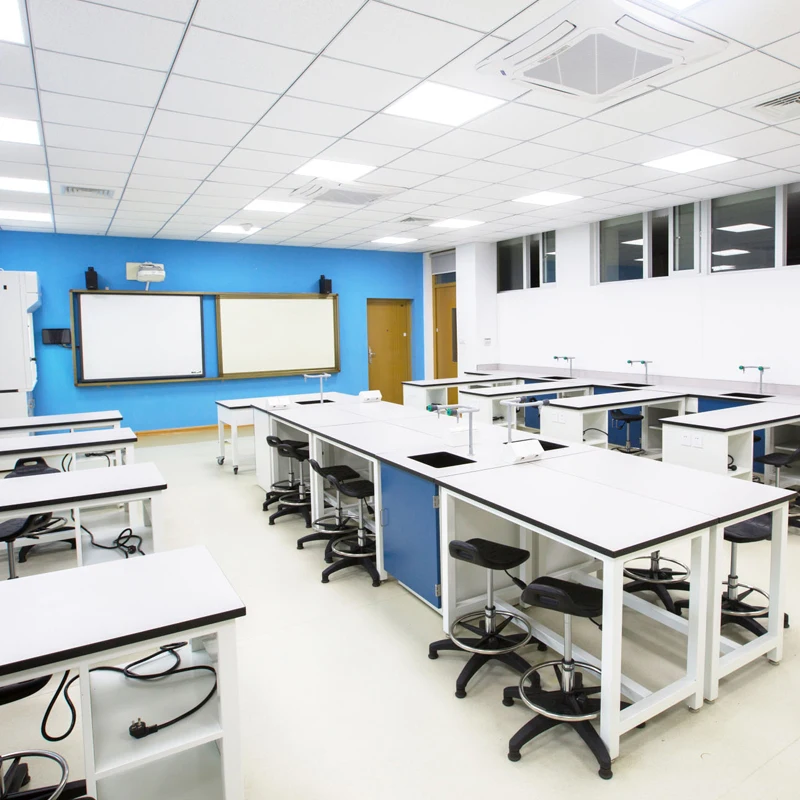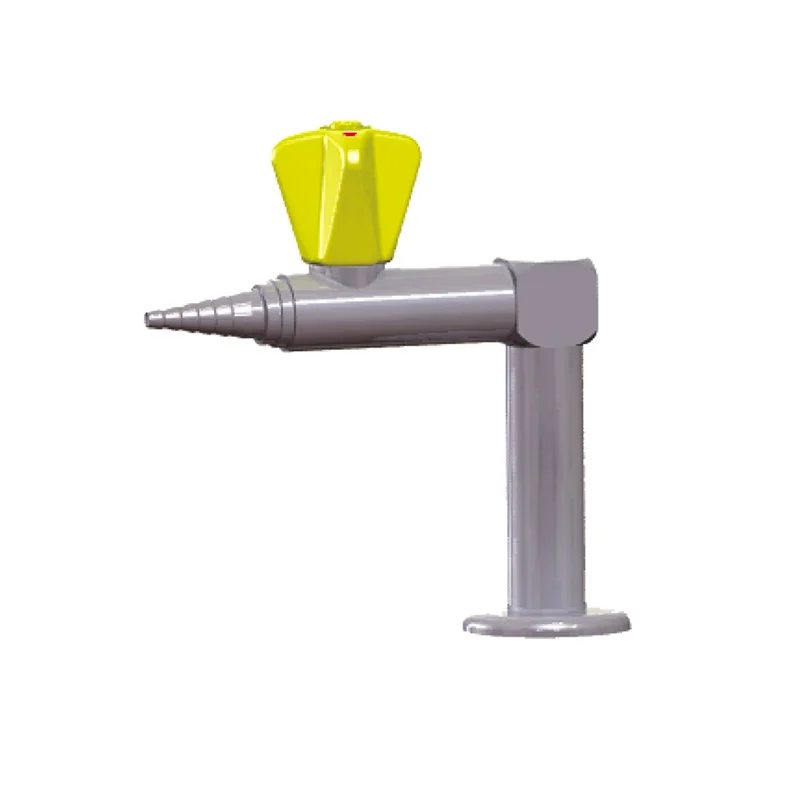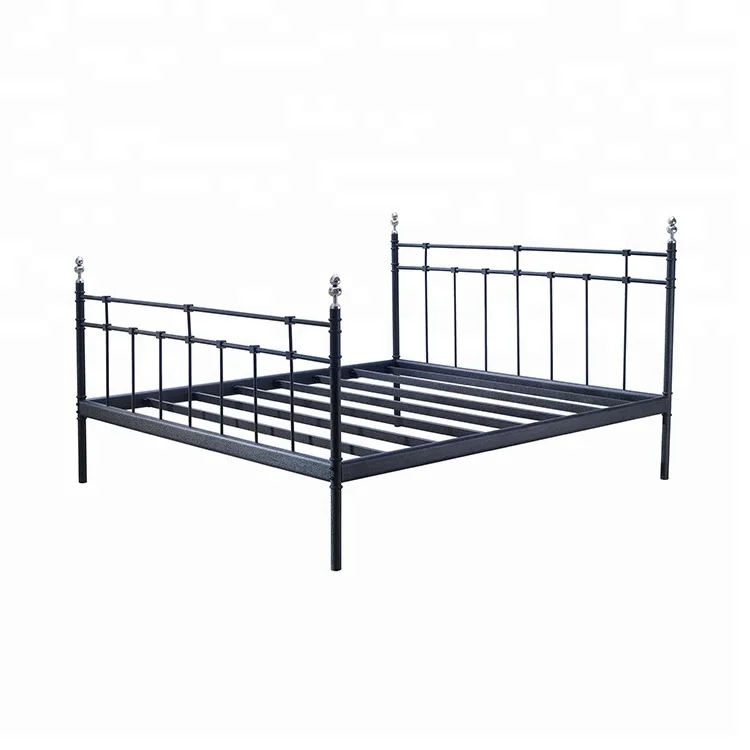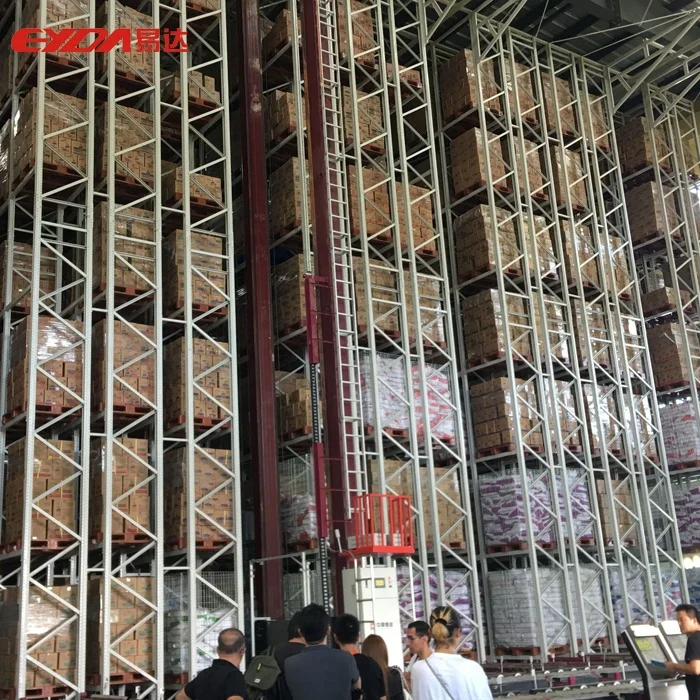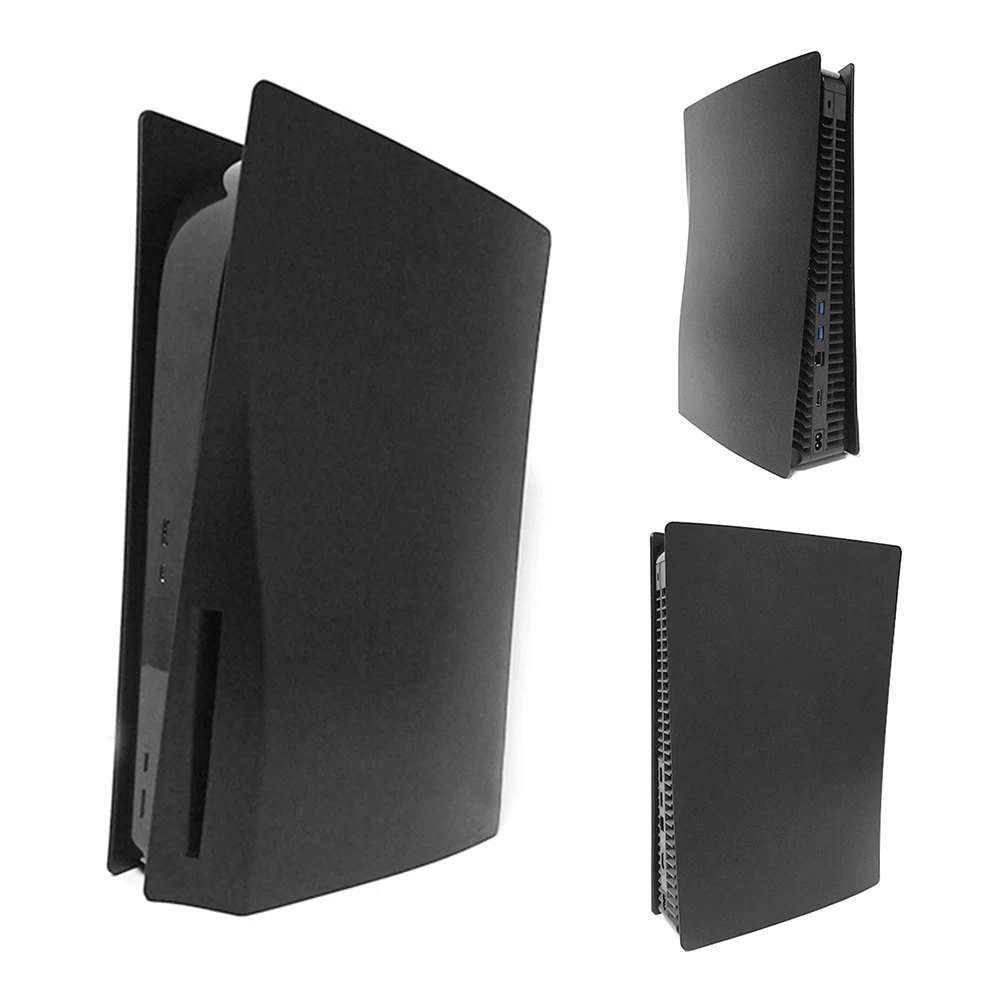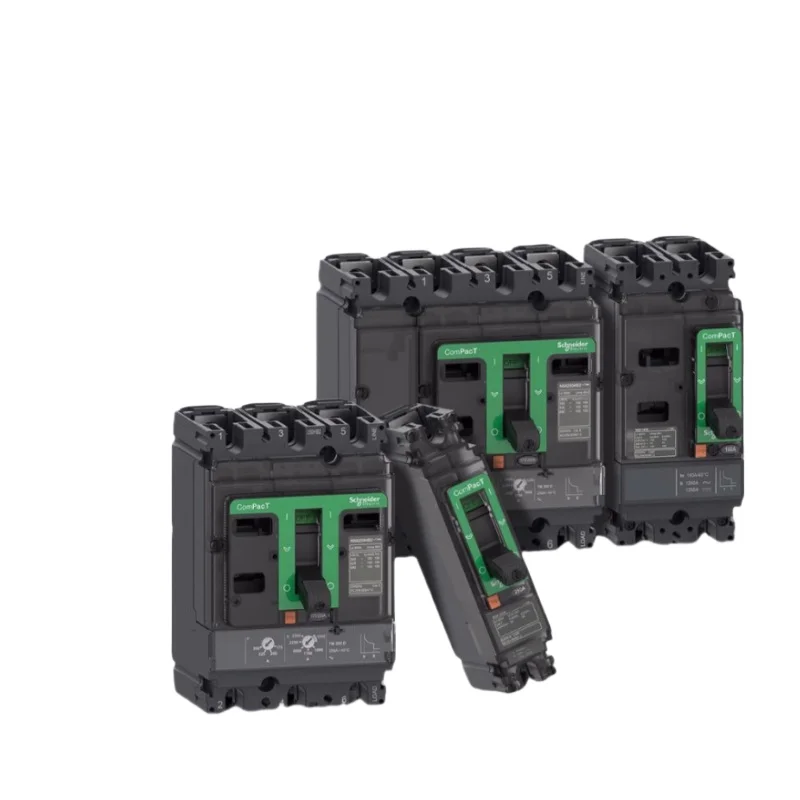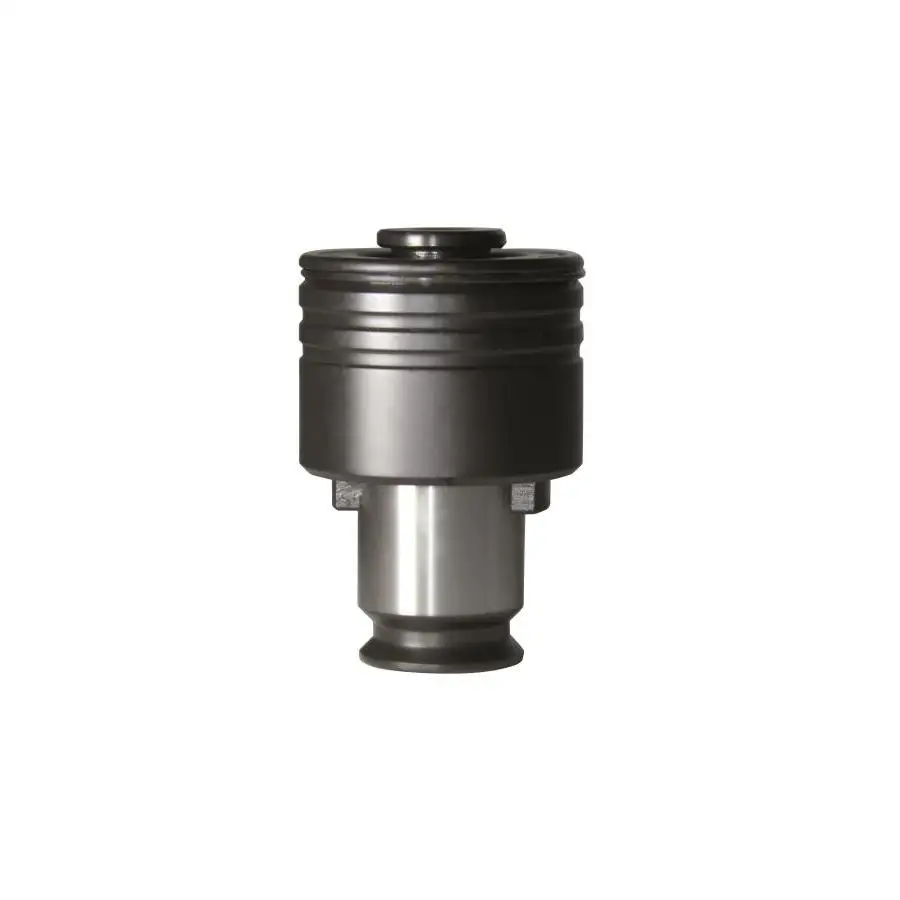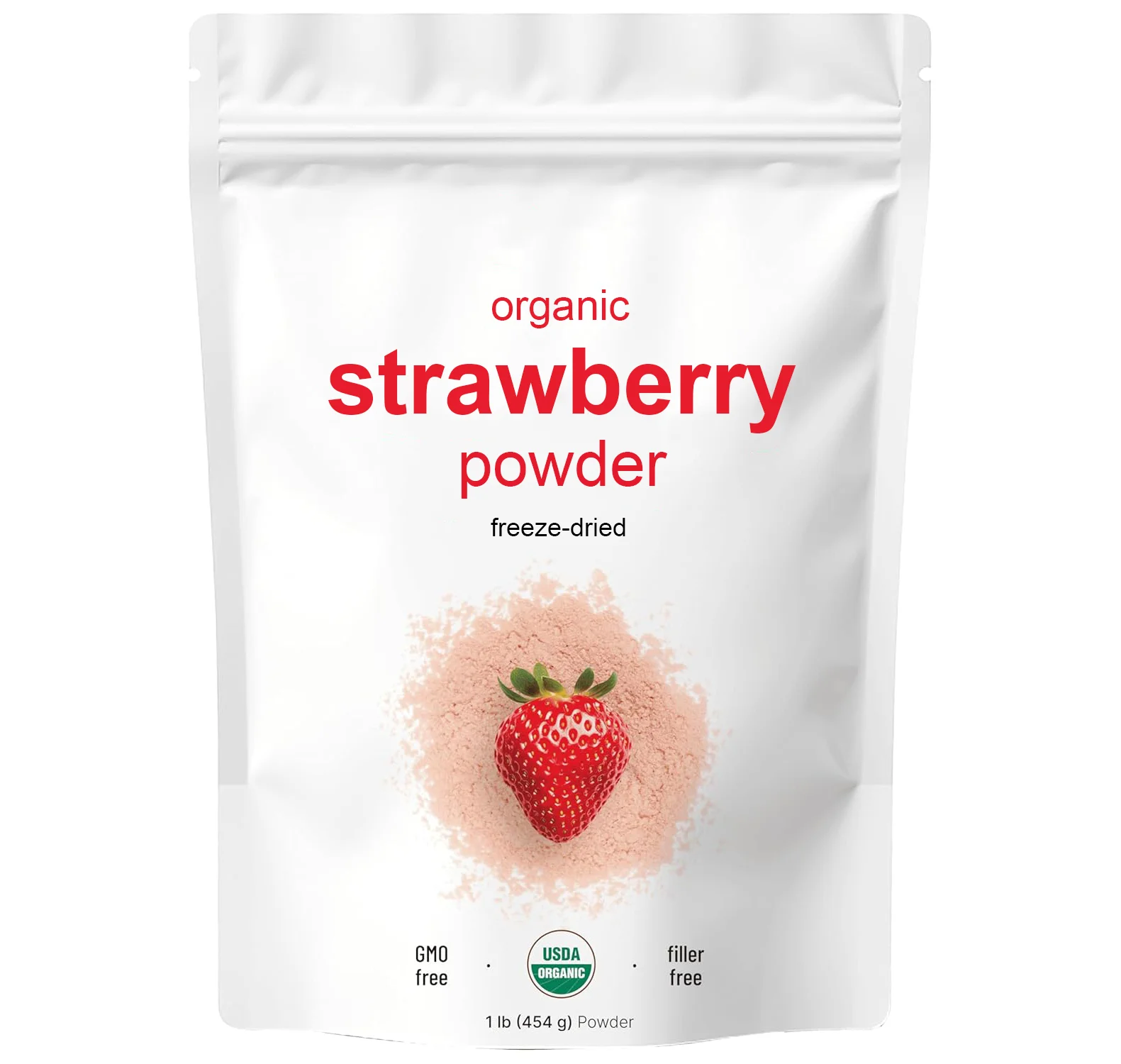Новый китайский производитель химическая лаборатория для хранения фармацевтическая испытательная шкаф химической безопасности
- Категория: >>>
- Поставщик: Chengdu Ample Import And Export Co. Ltd.
Сохранить в закладки 1601125223095:
Описание и отзывы
Характеристики
An acid and corrosive storage cabinet is designed to safely store acids and other corrosive materials. Instead of storing potentially dangerous chemicals on a simple shelf, acid safety cabinets allow you to store acids and corrosive materials in a container that is designed to prevent fires, leaks, and exposure to harmful fumes.
In the scientific community, laboratory cabinets play an important role. That is because in science, study involves putting theories to the test. Demonstration is needed to prove a point via practical experiments. Lab cabinets are used to house the materials needed to complete experiments and are therefore vital to the needs of the lab. Having the right laboratory furnishings is key to success.
One big question to ask yourself is if you need mobile or stationary cabinets. In most laboratory design, scientists can benefit from both types of lab cabinets. Mobile cabinets have wheels so they can be moved within the lab or even to other laboratories. With movement, you have more flexibility. You can move the cabinet to any space, which is helpful when completing experiments. It is recommended that a laboratory have one to two mobile units, at minimum, to be able to move about the lab freely with components as needed.
Stationary cabinets will always be part of a laboratory. Within the stationary cabinets, materials used on a regular basis can be stored. This can include beakers and test tubes, various chemicals, and other everyday items. When a cabinet is stationary, you can provide quality organization in the lab. By storing items in the same place, you will know when inventory is low and can order accordingly.
Acids are chemicals that can donate protons or accept electrons to form bonds. The pH scale measures the acidity of water on a scale of zero to 14, with anything less than seven being acidic. Common acids used in laboratory settings include:
Chloric acid
Perchloric acid
Nitric acid
Sulfuric acid
Corrosive materials attack, damage, or destroy other substances, particularly living or organic tissue, through a chemical reaction. Many acids are corrosive, and some corrosive materials are acidic. However, not all corrosive materials are acids, and not all acids are corrosive. Common corrosive materials used in laboratory settings include:
Bromine
Hydrogen peroxide
Sodium hydroxide
Ammonia
| Modle | Size/w*d*h/m m | Volume (Gal / L) | Weight (KG) | Shelves | Loading capacity (kg) | Description |
| GFPC4 | 430*430*560 | 4/15 | 13 | 1 | 25 | 8 mm porcelain white polypropylene plate, same color seamless welding, vertical edges surround, one piece welding. The shelf can be placed both positive or negative, the vertical edge will have anti-leakage function if place it negative side. |
| GFPC12 | 590*460*890 | 12/45 | 32 | 1 | 30 | |
| GFPC28 | 910*460*900 | 28/80 | 36 | 1 | 35 | |
| GFPC30 | 1090*460*1120 | 30 /114 | 53 | 1 | 40 | |
| GFPC45 | 1090*460*1650 | 45 /170 | 75 | 2 | 40 | |
| GFPC60 | 860*860*1650 | 60/227 | 85 | 2 | 40 | |
| GFPC90 | 1090*860*1650 | 90 / 340 | 102 | 2 | 40 | |
| GFPC1800-1 | 900*450*1800 | door 2 | 80 | 4 | 40 | |
| GFPC1800-2 | 900*450*1800 | 4 | 80 | 3 | 40 | |
| GFPC1800-3 | 900*450*1800 | 2 | 80 | 4 | 40 | |
| GFPC1800-4 | 900*450*1800 | 4 | 80 | 3 | 40 |



Proper labeling is important to ensure that chemicals are not misidentified, which is key to protecting health and safety. For example, organizing chemicals alphabetically is not generally recommended, because it may lead to incompatible chemicals placed near each other, risking a dangerous reaction.
Instead chemicals should be stored according to their reactivity and other properties. For example, acids and bases are incompatible and should be stored separately, whereas sodium and potassium can be kept together as they are both water-reactive but do not have any added hazard when placed with one another. The United Nations Globally Harmonized System of Classification and Labeling of Chemicals (GHS) is an international system created by the United Nations to classify chemicals. The Safety Data Sheet (SDS) or Material Safety Data sheet (MSDS) identifies and classifies the properties and hazards of chemicals.
Unnecessary storage of large amounts of chemicals can pose a hazard if the amount exceeds the limits permitted by laboratory guidelines, and is avoided by accredited workplaces and laboratories. Chemicals are usually stored in cool areas, away from direct heat sources, moisture, or light and should be regularly checked for degradation or damage.
Shelving
Shelving must be stable, constructed of a material that is compatible with the chemicals stored on it, and not loaded beyond its rated capacity. It is recommended not to store heavy containers on the highest shelves. Storing chemicals under a sink is not recommended, with the exception of compatible cleaning agents and non-hazardous chemicals.
Cabinetry
Chemical storage cabinets are usually suited for specific classes of chemicals. Acid cabinets, for example, consist of corrosion-resistant materials and sealing to prevent the leakage of fumes. Some institutions recommend a tray to contain any spillage and regular checks for any sign of corrosion. Flammable solvent cabinets are produced from specialized wood or metal able to resist fire for at least 30 minutes. For example, a flammable liquid is any liquid that has a flash point lower than 93 °C (199 °F). Corrosive storage cabinets are designed for storing corrosive or oxidizing liquids. They contain a single-piece, leak-proof floor pan to contain spills, must be vented to the fume hood or the lab exhaust system, and their interior is constructed of corrosive-resistant materials. Wooden cabinets provide excellent strength for storing corrosives. Their laminate finish offers a high level of chemical durability.
Desiccation
Desiccation is a chemical storage technique used to maintain or to regulate humidity, usually to store moisture-sensitive chemicals. Desiccation is generally performed with a desiccator. Several types of desiccators are available, including standard, automatic, gas purge and vacuum desiccators.
Cold storage
Refrigerators and freezers can be used to store flammable and hazardous chemicals. In most situations, specialized laboratory refrigerators are used to ensure that the flash points of certain chemicals are not reached. For flammable chemicals, explosion-proof equipment must be used because conventional refrigerators have sources of ignition.
Похожие товары
Стальной лабораторный стол, рабочий стол, дизайнерский химический лабораторный стол, лабораторная мебель с раковиной
Дешевое фармацевтическое лабораторное оборудование, взрывобезопасный шкаф с каналом
Заводская лабораторная мебель лаборатория Pp стол лабораторный верстак для химии
Коммерческая мебель фармацевтическая лабораторная скамья химия настенный стол esd лабораторные рабочие станции
Коммерческая мебель, фармацевтическая лабораторная скамья, химический настенный стол, лабораторные рабочие станции esd
Научный металлический лабораторный рабочий стенд химическая лабораторная мебель шкафы школьный Рабочий стол и скамья
Высококачественное одногазовое лабораторное газовое вентильное лабораторное оборудование для школы и мастерской воздушный кран для лабораторной мебели
Новые поступления
Новинки товаров от производителей по оптовым ценам
